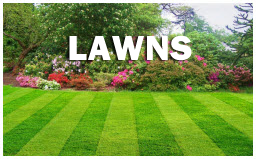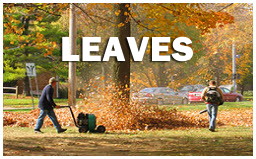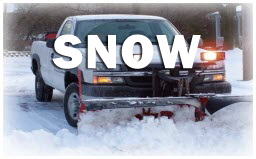Lawn Mowing is the life or death of Lawn Care Madison Indiana because it’s the most important factor in having a lush green lawn. Simple decisions made when mowing can make a huge difference.
First of all, you must understand how to mow your lawn. Always use a higher setting when mowing, especially in the dog days of summer. Mowing too low can cause scalping, which is the death of a uniform green lawn.
Also, many people make the mistake of taking off too much grass when cutting. You should never mow more than 1/3 the length of the grass blades in a single mowing.
If your lawn is growing too fast and mowing just 1/3 does not seem to make a dent in it, wait a few days and mow again. Different times of the year may require mowing twice a week instead of just once.
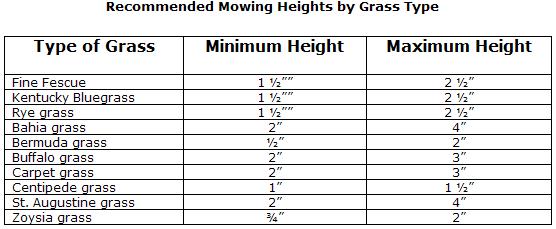
Advice for Mowing Mature Lawns
Mowing once a week for your Madison Lawn Care is usually sufficient, however, in the spring, when the grass is growing more rapidly than other times of the year, you may need to mow twice a week instead of just once. Remember, for a healthy lawn, it’s important that you never remove more than one-third of the grass blades in a single cutting.
Another imperative item in successful mowing is the sharpness of your mowing blades. Make sure you keep your blades sharp. Mowing your lawn with a dull blade tears the ends of the grass blades instead of cutting them. This leaves your grass with ragged ends, which eventually turn brown, giving your lawn a dried out look. This type of cutting also encourages the spread of fungus and lawn disease.
When mowing an existing lawn, mow in different directions. Mow one week diagonal, the next week horizontal and the third week in a vertical pattern. Changing the direction each time you mow will prevent the “leaning” of grass blades in your lawn.
Qustion?
Did you ever wonder how Madison Indiana landscaping companies get that “checkerboard” look like on professional baseball fields? Well, they get it by placing a roller on the lawn mower, then mowing the lawn while the roller changes directions as programmed. If you would like this look in your lawn, these rollers may be purchased at many hardware stores, although you may pay a hefty price.
Another common mistake is sharp turns in the lawn. Always avoid turning your mower sharply. Use walkways, patios or driveways as a place to turn the mower, or make “header strips” and turn the mower at the end of each row when you reach the header. This will ensure a nice even cut, whereas fast turns create an uneven appearance to the lawn.
Never mow when the lawn is wet. If it has just rained, or the lawn is slightly damp, avoid mowing until completely dry. This means you must avoid early morning mowing when dew is still on the lawn. Mowing a wet lawn can lead to uneven cuts and can also invite fungus to enter your lawn.
Mowing a New Lawn
 If your Madison Indiana lawn is newly planted, you need to take a little more care than you would for an existing lawn. These lawns are much more delicate. The soil is soft and the young grass is usually not rooted deeply the first few times you mow. Luckily, mowing strengthens the grass and encourages it to spread, forming a thicker lawn.
If your Madison Indiana lawn is newly planted, you need to take a little more care than you would for an existing lawn. These lawns are much more delicate. The soil is soft and the young grass is usually not rooted deeply the first few times you mow. Luckily, mowing strengthens the grass and encourages it to spread, forming a thicker lawn.
When mowing a new lawn, wait until the blades have reached a height one-third taller than the recommended mowing height for that particular type of grass. In other words, if your grass has a recommended height of two inches minimum, then wait until the grass is three inches, and then mow to two inches. Don’t wait until the grass is over three inches, and then mow down. This will cause undue stress to the new grass plants.
While the plants are still young, and the soil is still soft, use a light mower. Also, make sure your blades are sharp. As explained earlier, dull blades can damage any grass, but with young grass, they can actually yank them out by the root.
Lawn Clippings
Many people are torn as to whether or not they should leave their lawn clippings, or remove them. Depending on your specific Lawn Care Madison Indiana goals, both ways are actually correct and each has their own advantages and disadvantages.
If you’re leaving the clippings, it’s best to use a mulching mower. The blades on this mower will cut the grass, toss them in the air under the deck, then cut them again, mulching the grass for beneficial nutrients that return to your lawn. These clippings contain nitrogen, phosphorus and potassium. All nutrients that your lawn needs to thrive.
There are many times that removing your clippings just makes the most sense. Although mulching mowers are great, they are expensive and must be used more often than traditional mowers. If you cannot mow at the recommended heights as suggested by the mulching mower manufacturer, the mower will not mulch and will create piles of cut grass that must be removed in order to provide air to the underlying grass plants. Also, some short grasses, such as bermudagrass and fine bentgrass, do better when removed instead of mulched.
Whatever method you use, it’s important you either remove the grass, or mulch it. If you leave it lying in clumps in your yard, you will block beneficial light and air needed for a healthy lawn.
If you remove your lawn clippings, consider using them as compost. As long as there are no weeds imbedded in the clippings, you’ll find they are one of the most beneficial mulches you can use. If your clippings contain a broadleaf herbicide, don’t use these clippings as garden mulch because it can actually discourage growth of your garden. However, this type of mulch can be used around the base of trees or shrubs to help maintain proper moisture levels for the specimen plant.
To begin your own compost pile, create a loose pile of compost where air and water will easily reach the pile. Add to the compost pile as items become available.
TIP
Did you know lawn clippings make excellent compost for mulch in flower or vegetable garden.
 A key to successful composting is to make sure brown and green items are mixed as evenly as possible in your compost to balance out the nutrients as the waste breaks down. Once your compost pile reaches three cubic feet, it’s time to begin another pile.
A key to successful composting is to make sure brown and green items are mixed as evenly as possible in your compost to balance out the nutrients as the waste breaks down. Once your compost pile reaches three cubic feet, it’s time to begin another pile.
An active compost pile requires temperatures of 130-160 degrees F, adequate moisture and proper air circulation to breakdown properly. In order to maintain adequate moisture, make sure you select a location in your yard where your garden hose can easily reach so you may water your compost in the hot summer months. Contrary to popular belief, a properly maintained compost pile will not give off odors or attract insects.
Once a pile of compost is ready, you may add to it to the soil around your existing plants or till it into a new bed. You’ll be surprised at how much of a difference this yard waste can make to the health of your plants and flowers.
Call Madison Lawn Pro at 812-599-6703 to speak with one of our friendly team members for a free lawn consultation and estimate.

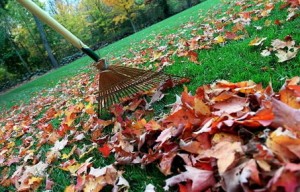 Spring cleaning.
Spring cleaning.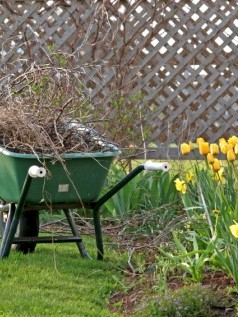 shake-down by looking for any straggling snow piles. Spread the snow out into a thin layer so that it disintegrates quickly or shovel it off the lawn entirely. Either way, be careful to avoid driving the tip of your shovel into the soggy soil underneath the pile.
shake-down by looking for any straggling snow piles. Spread the snow out into a thin layer so that it disintegrates quickly or shovel it off the lawn entirely. Either way, be careful to avoid driving the tip of your shovel into the soggy soil underneath the pile. Free Quote
Free Quote